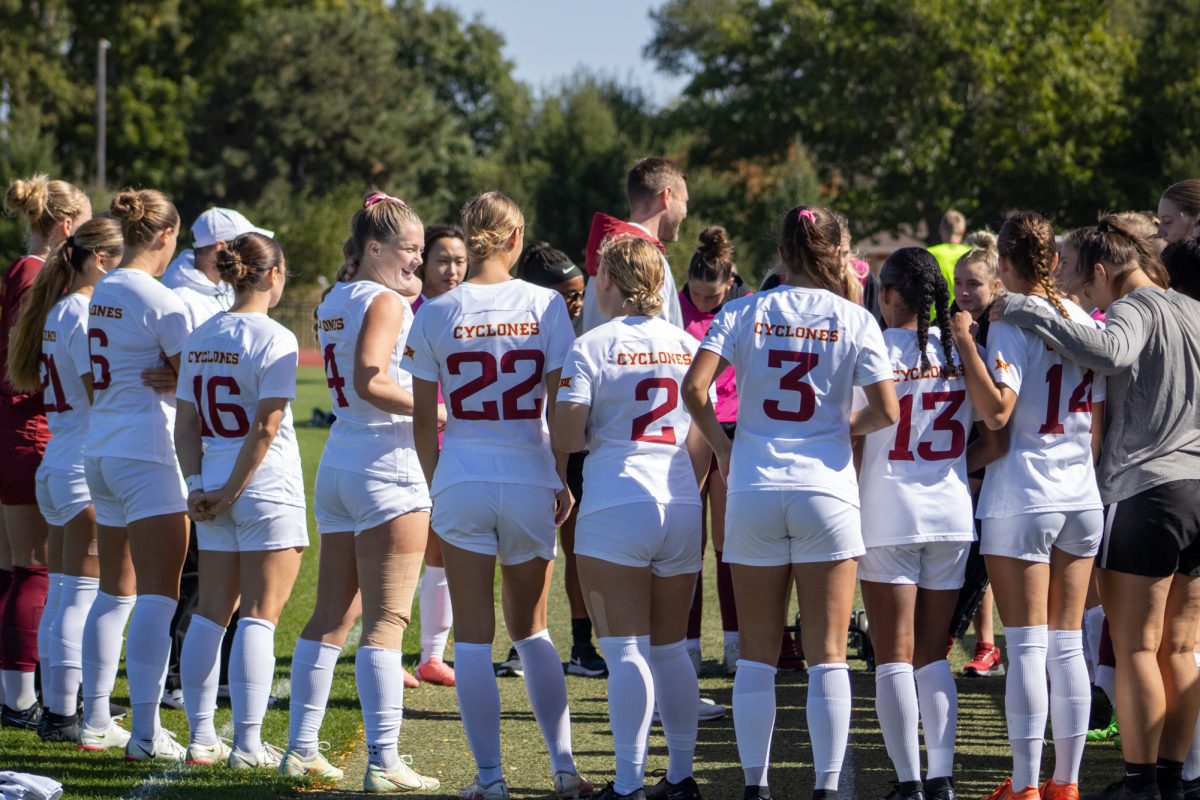Finn: Highway hypnosis leads to more car accidents
December 18, 2013
The Sunday after Thanksgiving, a New York train derailed which caused four deaths and dozens of injuries. In search of answers, the National Transportation Safety Board conducted an investigation about the deadly accident. Their findings revealed that this tragedy occurred due to a drowsy driver.
William Rockefeller, who had been conducting the train at the time of the derailing, mentioned that he was “operating the train, coming to a section where the track was still clear, then all of a sudden, feeling something was wrong and hit the breaks.” Rockefeller’s temporary nod off will forever impact the lives of all the passengers and their families.
I can only imagine the grief Rockefeller will forever carry, and I can relate to the drowsiness he must have been feeling while driving that train. In fact, most people probably can remember a time in which they were fighting to keep their eyes open while driving down the road. It is a terrible feeling, and one that can have deadly consequences.
This feeling of drowsiness while driving was given a name many years ago; experts are calling it highway hypnosis or white line fever. Without going too in-depth scientifically, highway hypnosis occurs when a driver is only semi-conscious while on long drives. Sometimes drivers completely fall asleep, and other times they are seemingly awake and able to get to their final destination, but they are not completely aware of their surroundings.
Highway hypnosis has not only been a problem for Rockefeller; many drivers suffer from this condition each day. One bus driver mentioned that during one route she started pulling over to pick up passengers that were not there. Other drivers reported arriving at their destination with no recollection of getting there. This problem can have serious consequences, and it is important that the necessary steps are being taken to try to avoid having only semi-conscious drivers.
It is the responsibility of transportation companies to ensure that drivers are getting proper rest and are not on the road for extended periods of time. Karen Jamison, assistant director for operations at CyRide in Ames said that they [CyRide] are very strict with their policy regarding proper time off and breaks. At CyRide, drivers can work no more than ten hours a day and cannot go longer than six hours without a lunch break. She also said that if drivers want to work extra hours, their requests must go through the dispatcher before being approved to ensure they are not violating the rules.
Unfortunately, not all companies monitor their drivers as closely, and when a driver slips through the cracks and drives on too little sleep, tragedies can occur.
Public transportation drivers are not the only ones who should take proper steps to prevent highway hypnosis. It is our responsibility as drivers to also be alert. There are a few things every driver should do — or not do — before beginning a long drive.
For all students who will be heading home over Christmas, here are just a few helpful tips about how to stay alert while driving. According to an article written by Leigha Fenster, drivers should avoid eating large meals before hitting the road and should take periodic breaks to get out of the car and stretch.
Fenster also says that having a caffeinated drink at hand can help you stay alert. To avoid ending up in a hypnotic state, drivers should keep their eyes moving, they can do this by checking the speedometer, looking at surrounding cars and reading road signs. Another helpful hint is to roll down the window or turn up the air conditioning. Personally, I am a more conscious driver when jamming out to a little music. Singing, as long as both hands remain on the wheel, is another great way to ensure that you are being an alert driver and are not putting yourself or others on the road in danger.
As we all journey home for a much needed break, keep the tragic New York train accident in the back of your head, avoid highway hypnosis and make it home as safe as possible.






